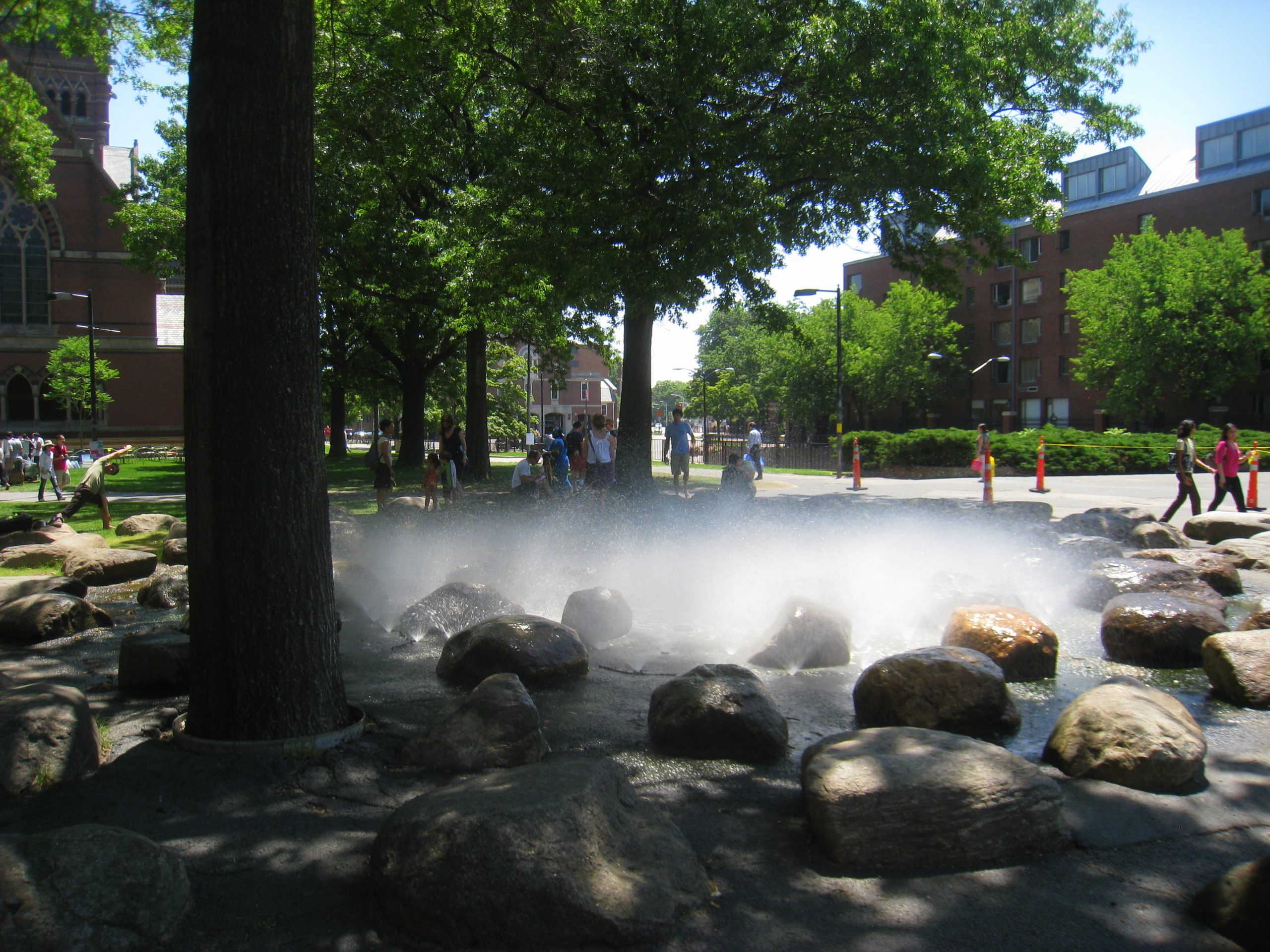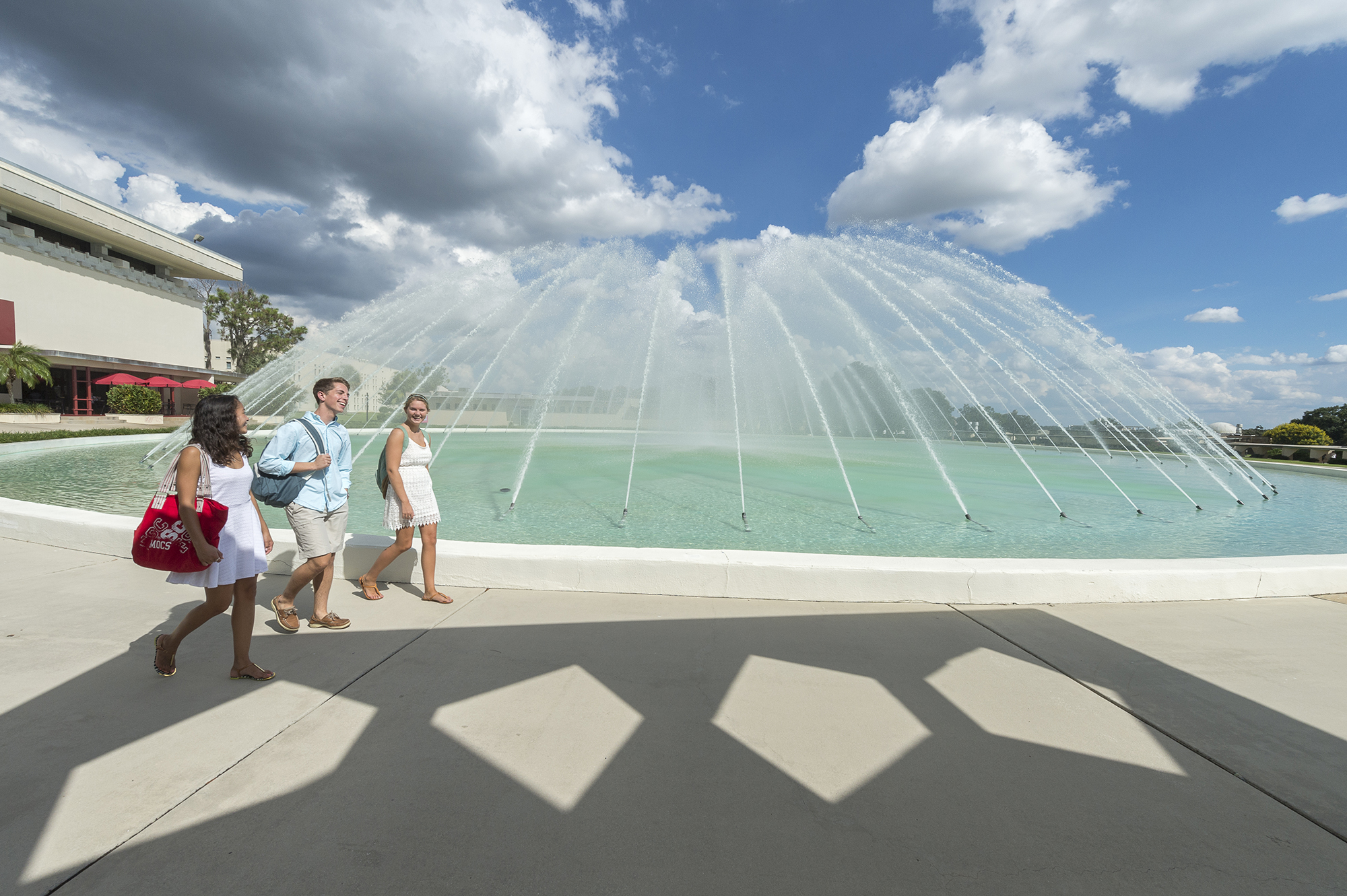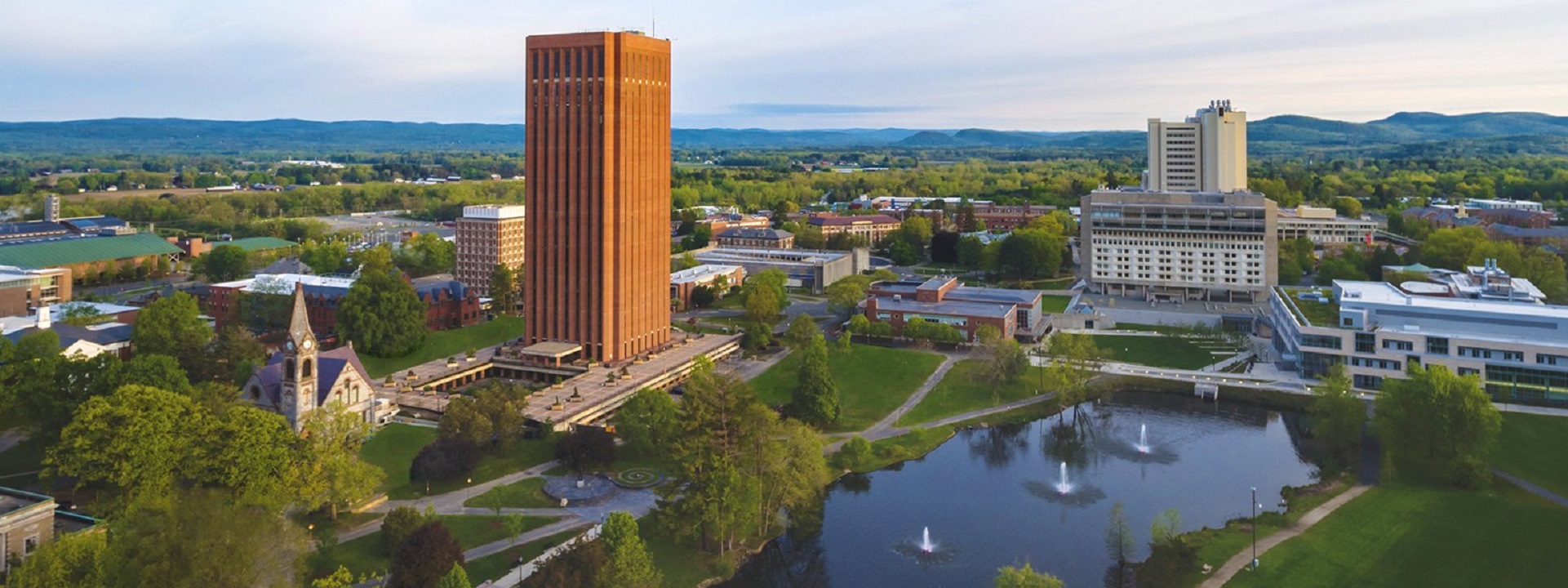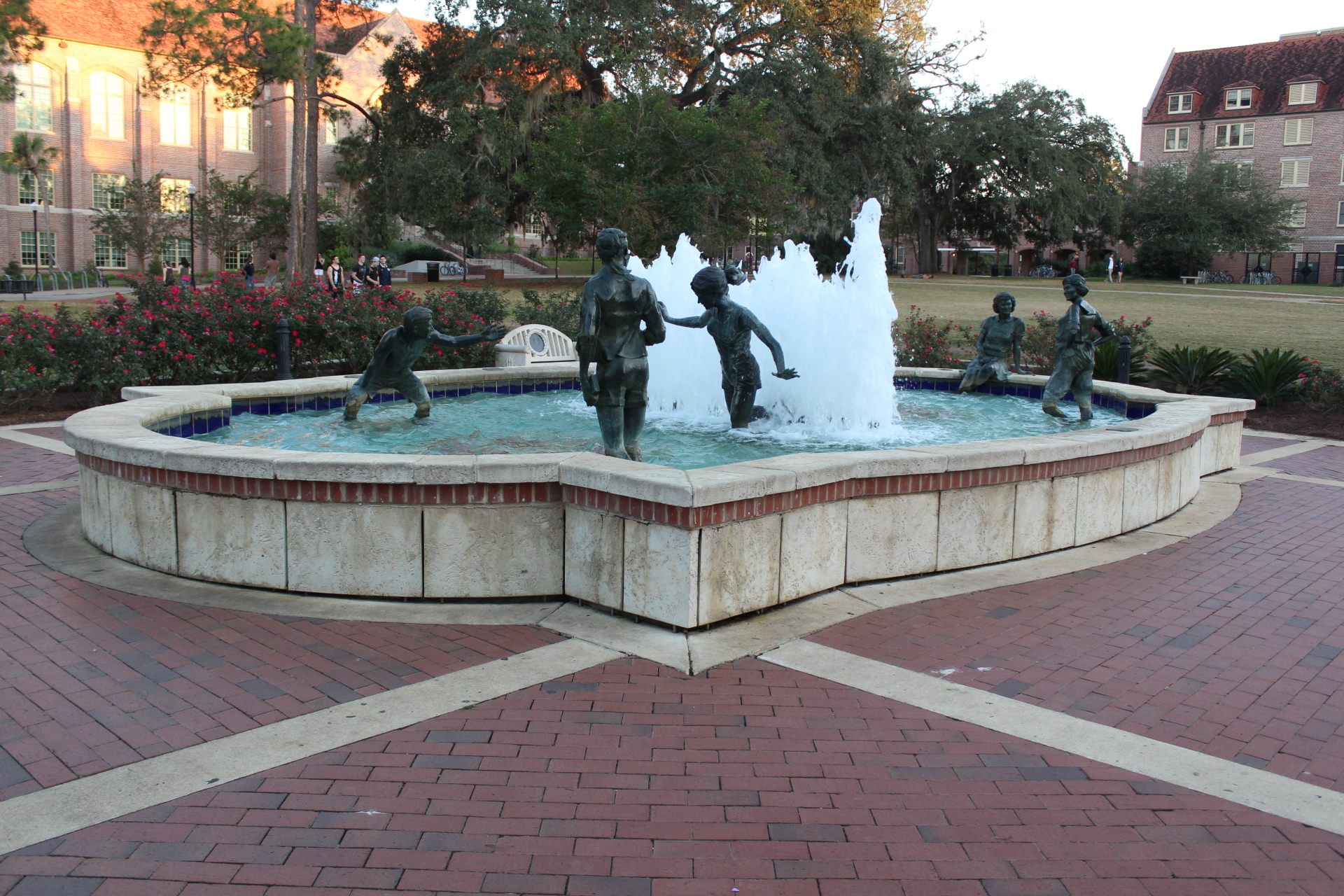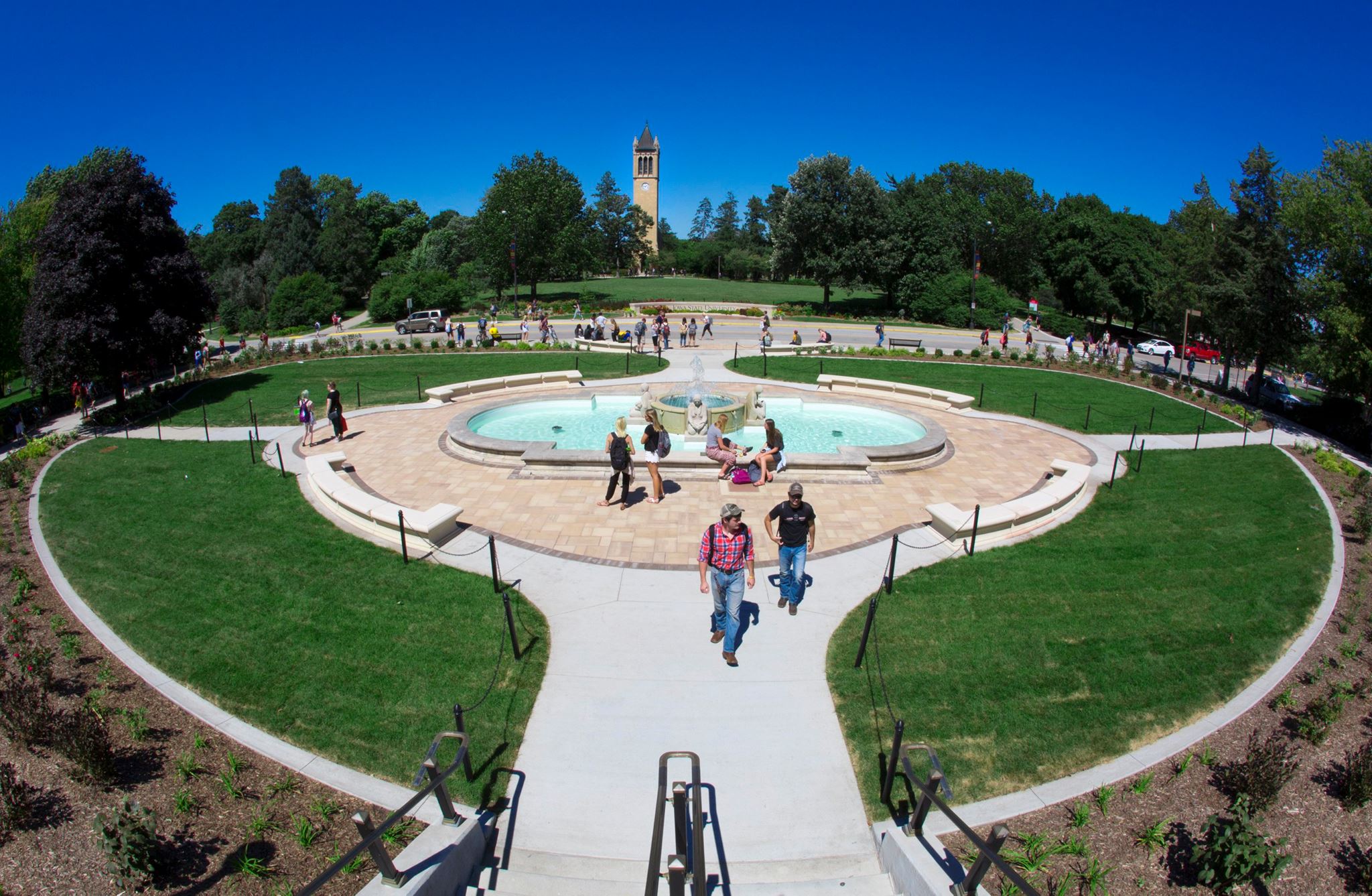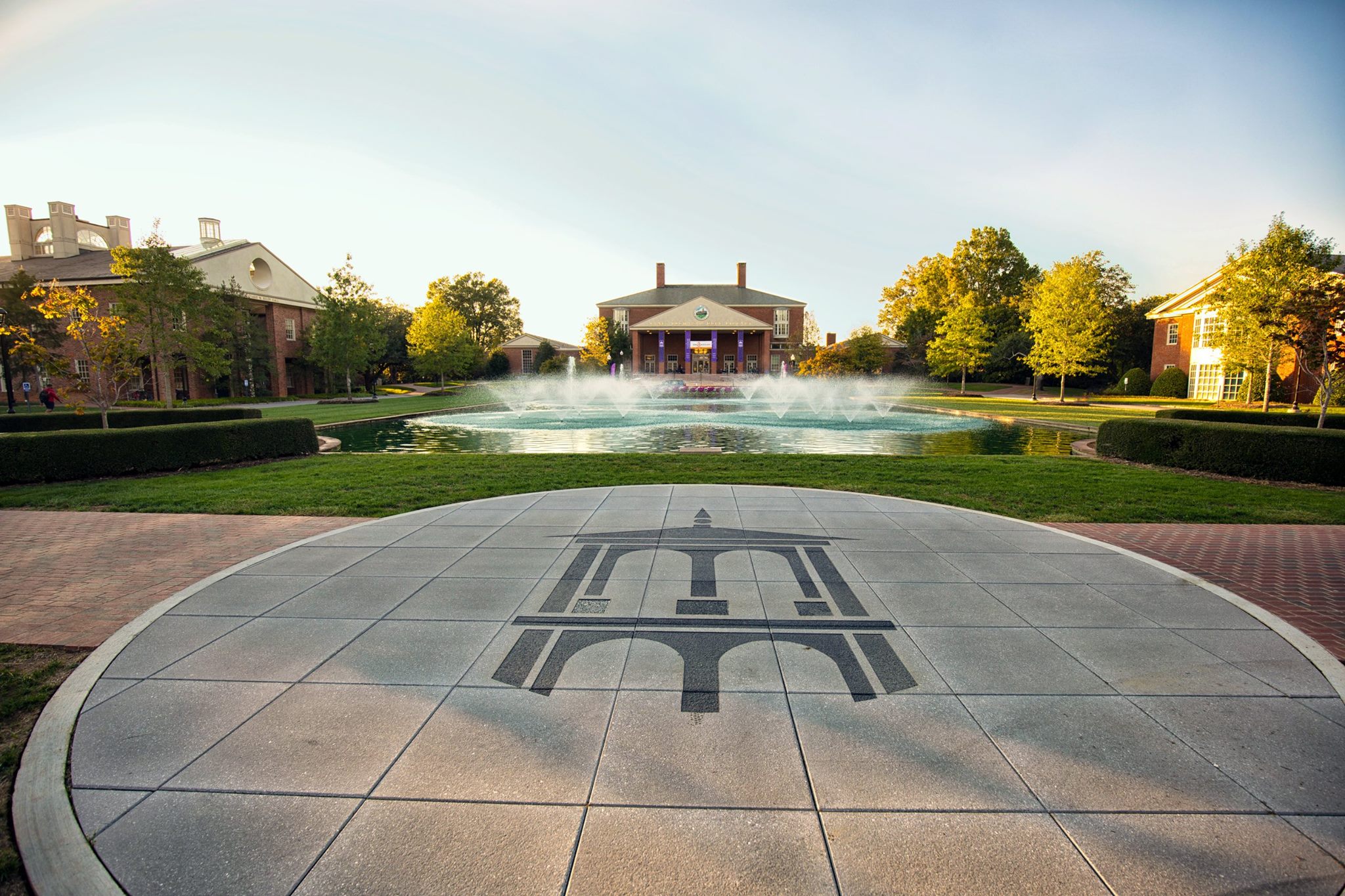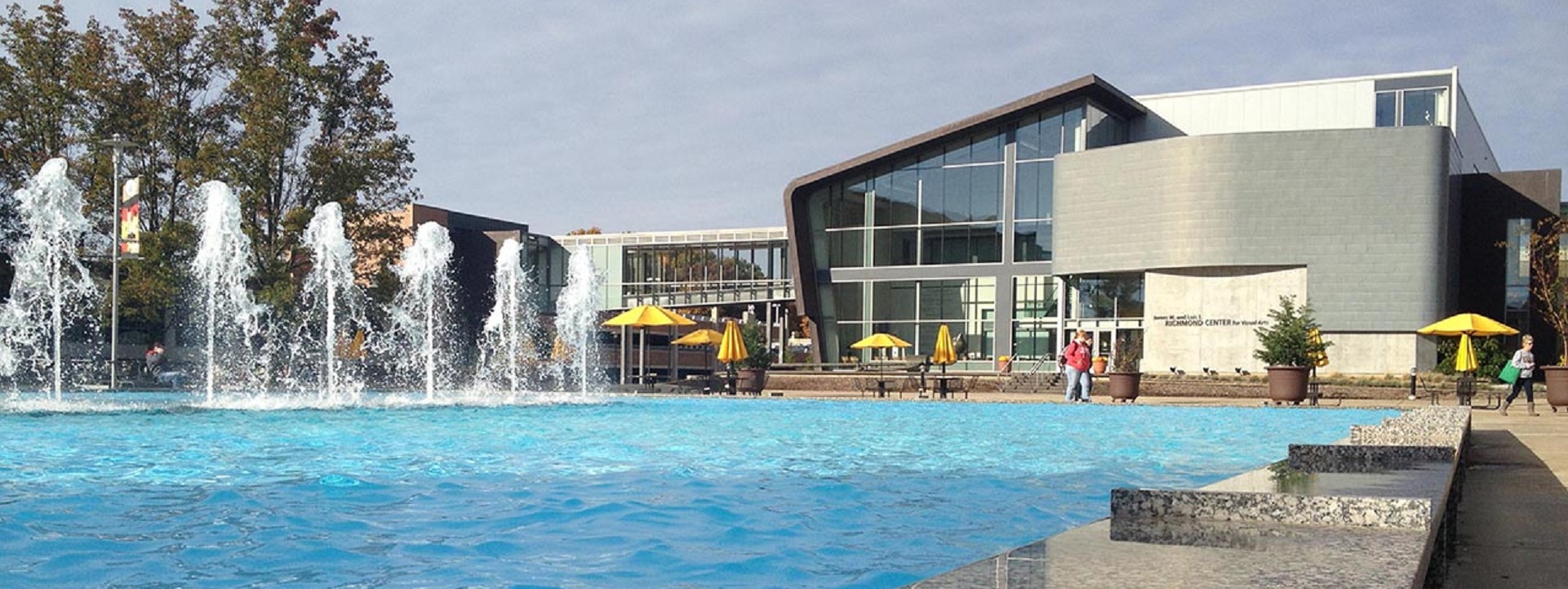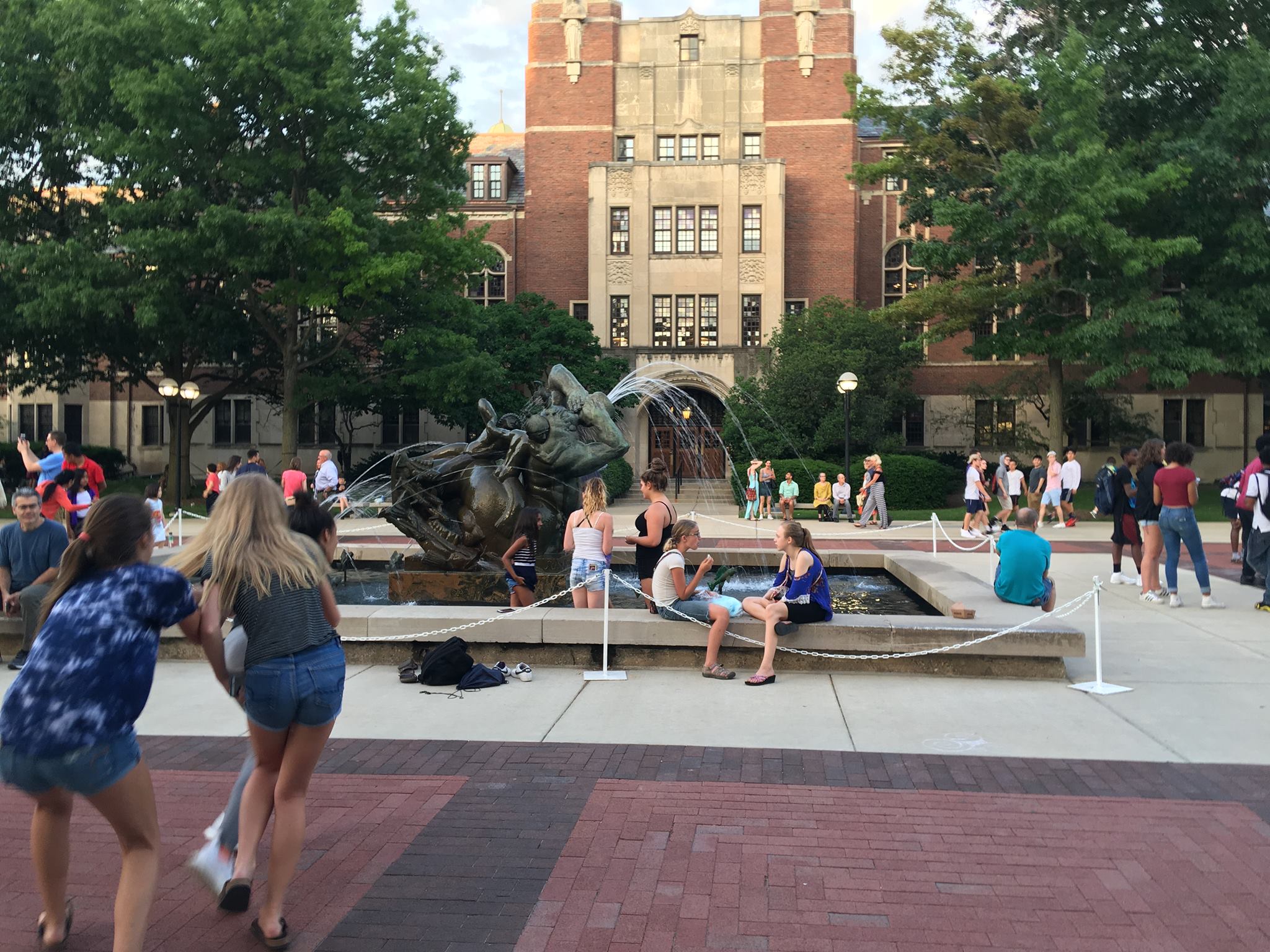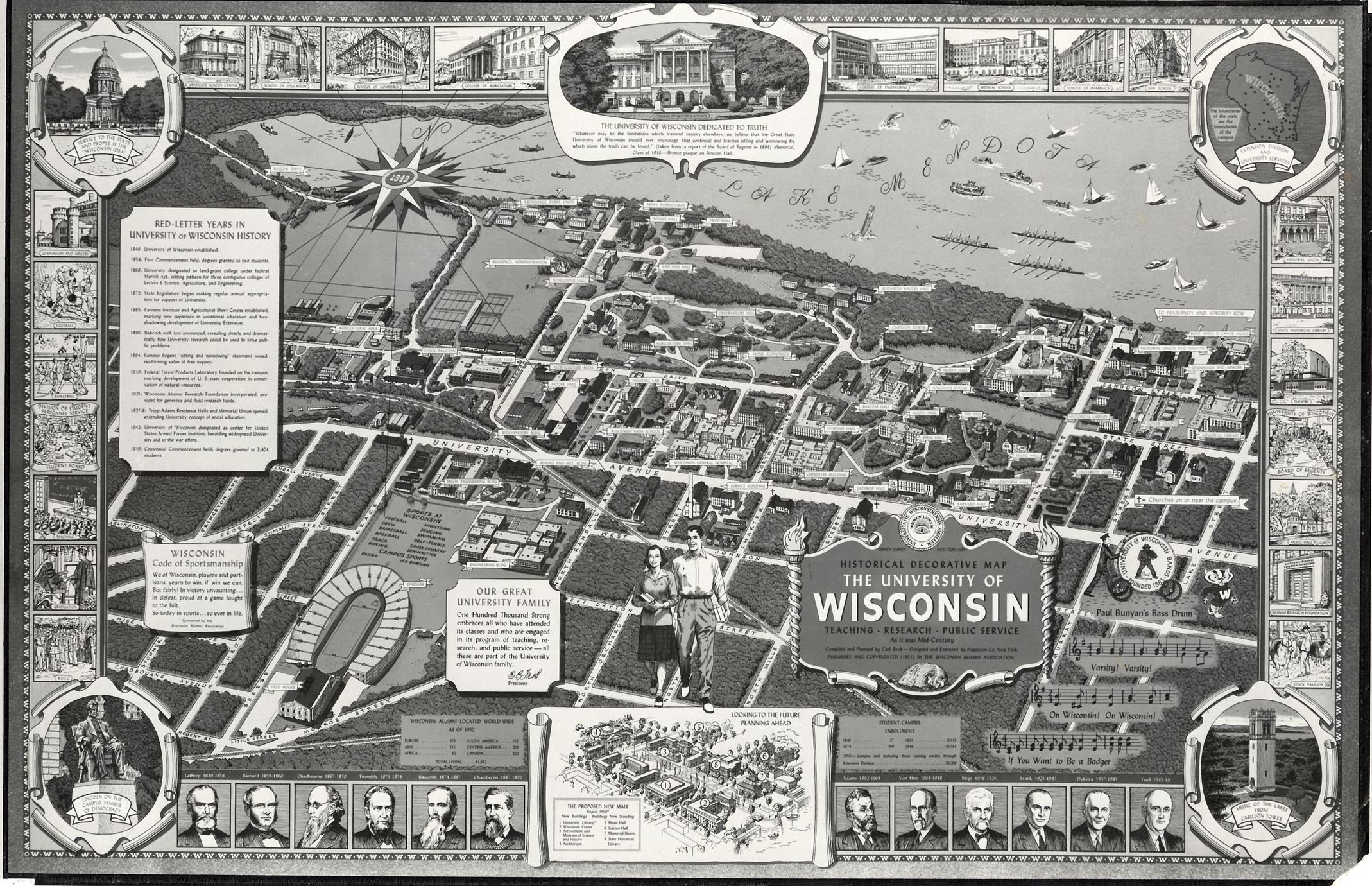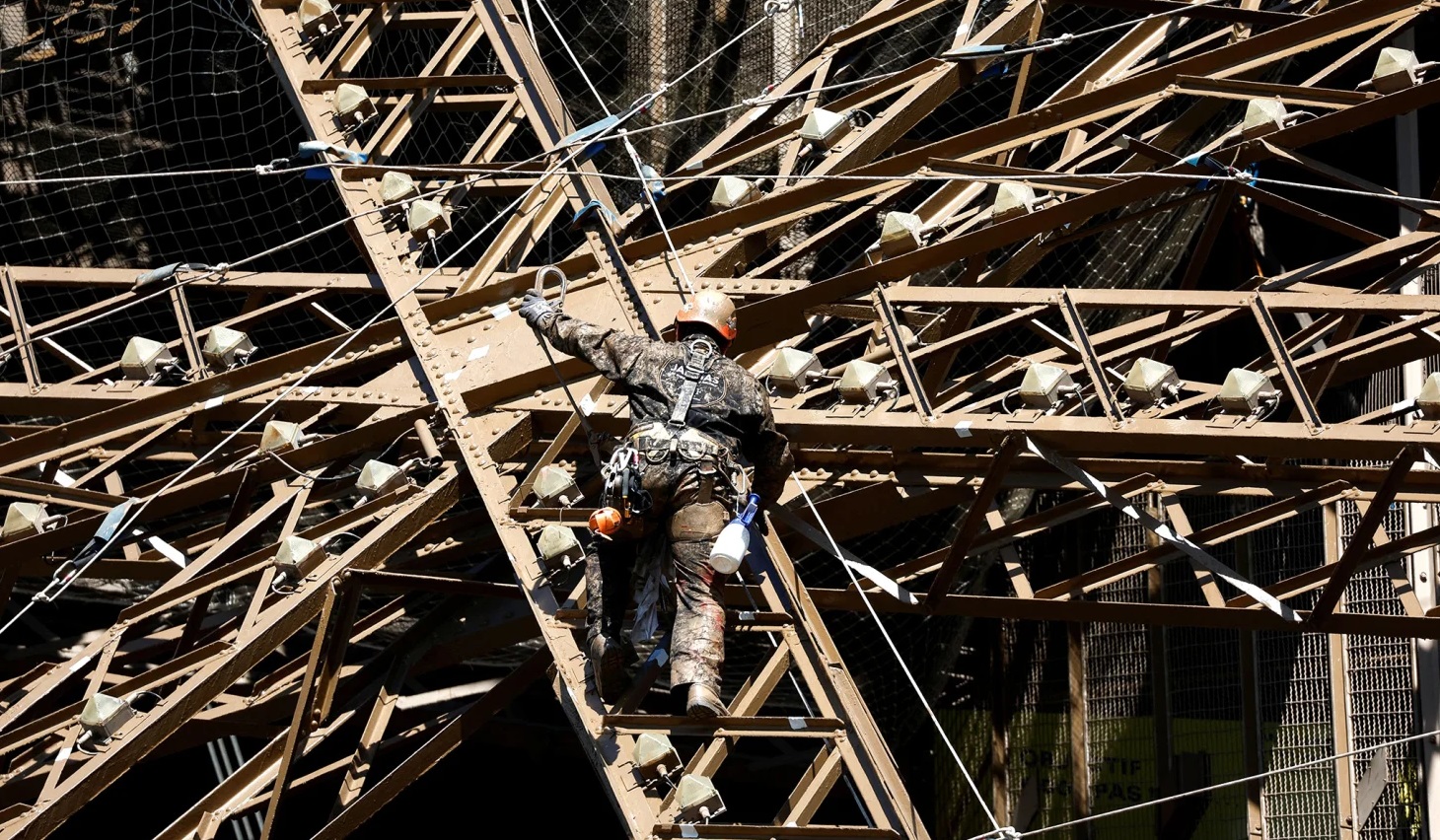Abiit sed non oblitus | Euclid County
- Home Page 58

University Church Live Stream
Celebrate the Feast of St. Anthony with the Bronx! Join Our Lady of Mt. Carmel Church in their festivities going on now through the 9th, at 187th St & Arthur Avenue.
It’s open to the public from 12 p.m. to 7 p.m., Saturday and Sunday. pic.twitter.com/hUY3L9DYnL
— Fordham CM (@FordhamCM) June 8, 2024
Wishing you all a Happy Thanksgiving, from all of us at Fordham! 🧡 🐏
—#Thanksgiving #Fordham #HolidaySeason pic.twitter.com/LYuiFHeINx— Fordham University (@FordhamNYC) November 28, 2024
Autumn Wind
This content is accessible to paid subscribers. To view it please enter your password below or send mike@standardsmichigan.com a request for subscription details.
Fontaines
Water fountains enhance campus outdoor settings by creating serene, inviting spaces that promote relaxation and social interaction. Their gentle sounds of flowing water reduce stress, mask noise, and foster a calming atmosphere conducive to study or reflection.
Aesthetically, fountains serve as focal points, adding elegance and visual appeal to courtyards or green spaces. They attract students, faculty, and visitors, encouraging gatherings and community engagement. Environmentally, fountains can support local ecosystems by providing water for birds or plants.
Well-maintained, they symbolize a campus’s commitment to beauty and sustainability, enriching the outdoor experience and enhancing the overall campus ambiance.

Michigan State University

California Institute of Technology

Regent University
Landscaping and Grounds
Best Practice Guidelines | Western Michigan
MIOSHA Fact Sheet: Youth Worker Safety Landscape and Horticulture Services Industry
Happy First Day of Spring, Panthers! As the weather starts to warm up and the sun comes out the brighter days are almost here! #davenportuniversity #panthers #DUit #springishere pic.twitter.com/WCxxVXl4uQ
— davenportu (@DavenportU) March 19, 2024
💉✨ Choose your pathway to nursing success! Davenport’s BSN program offers flexible admission options, no waitlists, and three years of hands-on learning. Apply now! https://t.co/nJB6eNMhBs
Read more about DU’s BSN program here: https://t.co/tqz2Dvyn4A pic.twitter.com/TDYHiIKtc4
— davenportu (@DavenportU) November 18, 2024
Landscape & Horticulture Services
Federal regulations that apply to the landscaping of education communities are fairly stable; though land use issues tend to be capricious. Some federal regulations deal with fair trade in the purchase of landscaping materials; others deal with chemical safety; still others deal with personal protective equipment for works.
The federal government recognizes three major segments of this industry:
Landscape Design and Consultation
Landscape Installation and Maintenance
Tree Pruning and Arboriculture
For worker safety we consult the Occupational Safety and Health Administration home page:
Landscaping and Horticultural Services
From time to time we find Notices and Proposed Regulations — or notices of state-level adaptations of federal regulations — whistling across our radar. When they are meaningful and contribute to lower cost we will post the commenting opportunity.
The following voluntary American National Standards Institute (ANSI) titles may be applicable to the landscaping and horticultural units in education communities. Compliance with ANSI standards does not ensure compliance with OSHA policy, although the requirements of some ANSI standards have been adopted within OSHA standards. This list is provided for reference use only.
- A10.14, Requirements for Safety belts, Harnesses, Lanyards, Lifelines, and Drop Lines for Constructional and Industrial Use
- A14.1, Ladders – Portable Wood – Safety Requirements
- A14.2, Ladders – Portable Metal – Safety Requirements
- A14.5, Stepladders and Platform Ladders, Aluminum Magnesium, Fiberglass Ladders
- A92.2, Vehicle-Mounted Elevating and Rotating Aerial Devices
- A300, Tree Care Operations – Tree, Shrub and Other Woody Plant Maintenance – Standard Practices
- B30.5, Mobile and Locomotive Truck Cranes
- B71.1, Powered Lawn Mowers and Garden Tractors
- B71.3, Snow Throwers
- B71.4, Commercial Turf Type Equipment
- B71.6, Shredders and Grinders
- B71.8, Tillers
- B175.1, Gasoline Powered Chain Saws, Safety Requirements
- B175.2, Blowers
- B175.3, Trimmers and Brushcutters
- Z41, Protective Footgear Requirements
- Z87.1, Occupational and Educational Eye and Face Protection Devices
- Z89.1, Personnel Protection – Protective Headgear for Industrial Workers – Requirements
- Z133.1, Arboricultural Operations Safety
- Z308.1, Minimum Requirements for Workplace First Aid Kits
- Z359.1, Safety Requirements for Personal Fall Arrest Systems, Subsystems, and Components
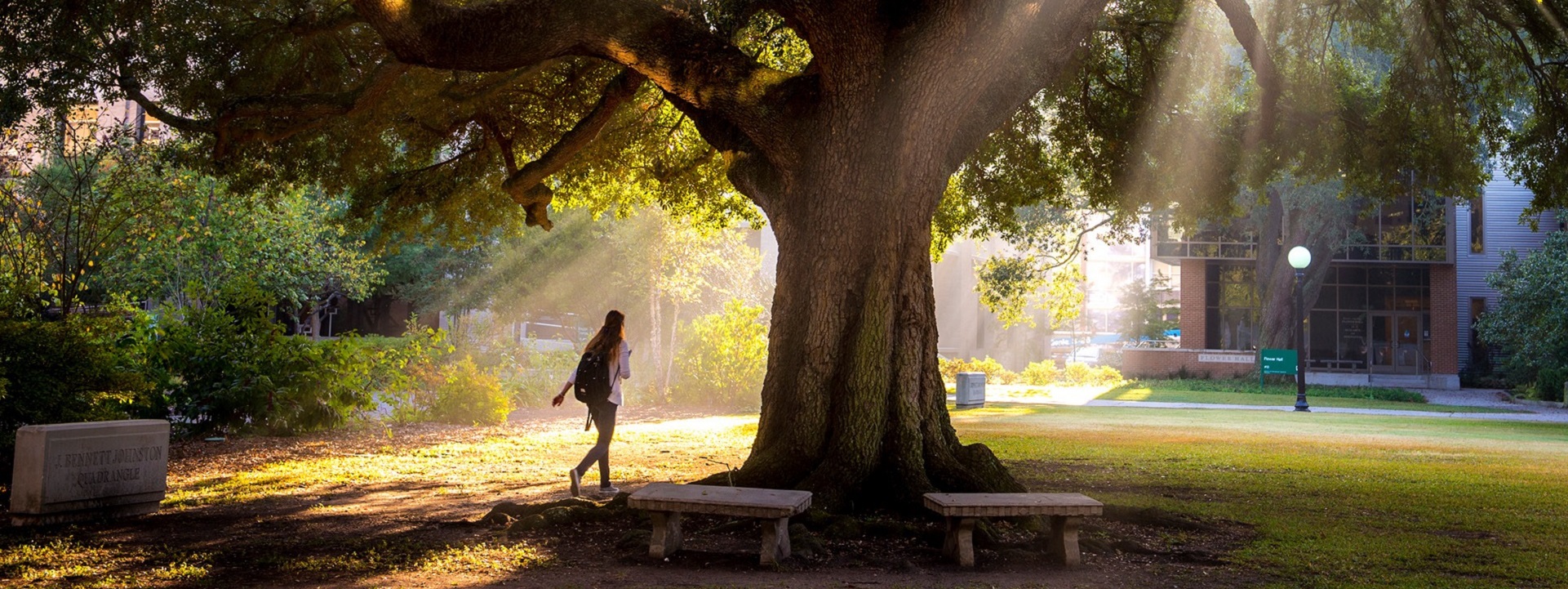
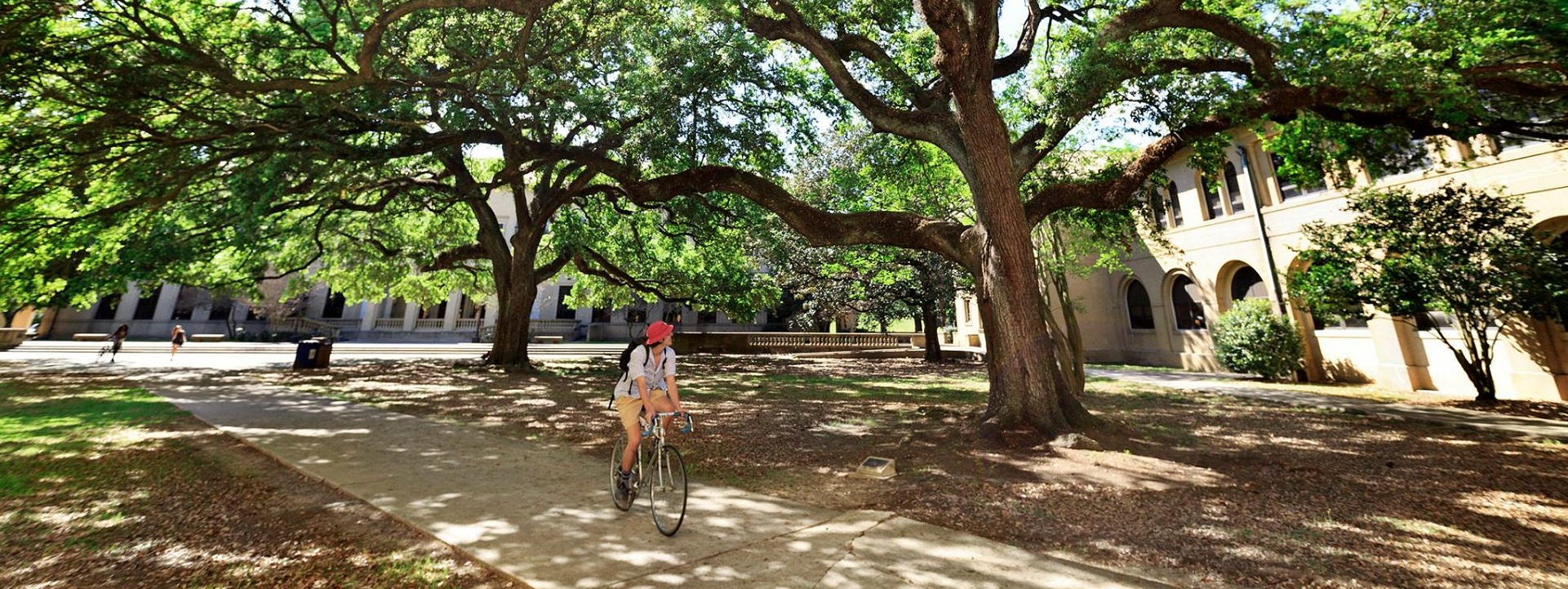








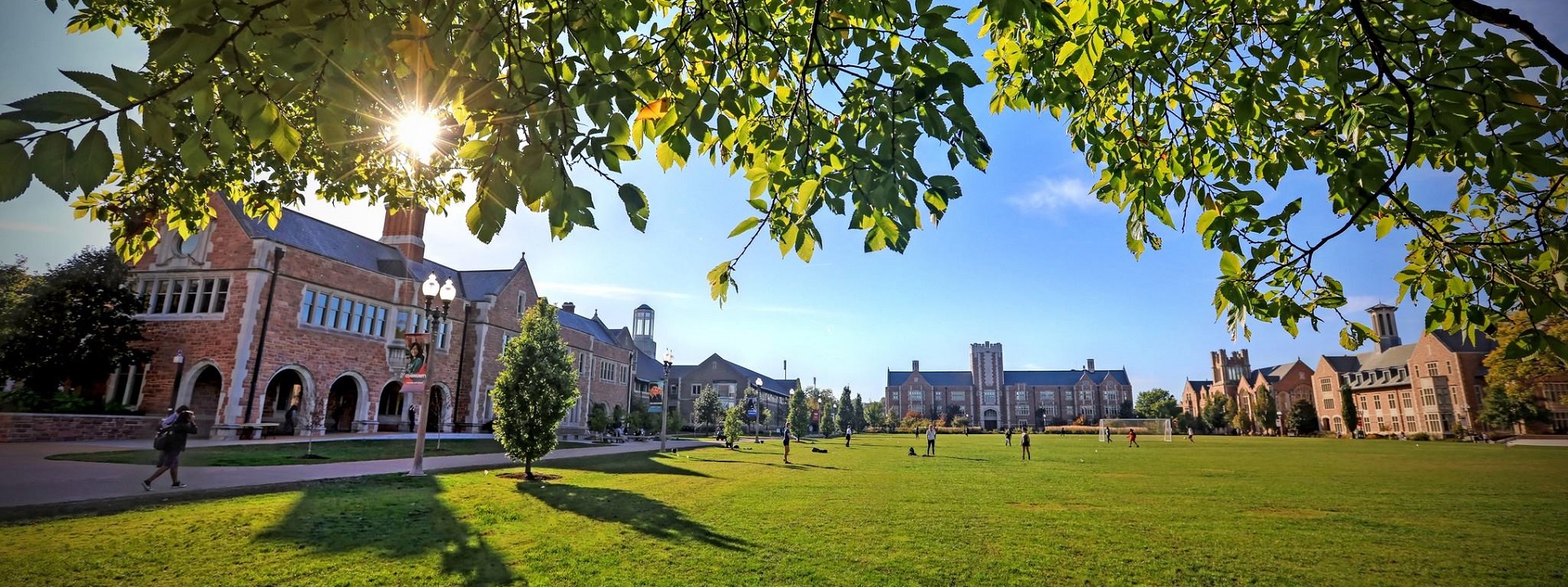

We maintain all related best practice literature on the standing agenda of our periodic Bucolia teleconferences during which time we sort through proposed regulations, organize a response to them. War stories always welcomed. Stories about successes even more welcomed. See our CALENDAR for the next online meeting.
Dawn Chorus: Bird Song
“Awake, harp and lyre! I will awaken the dawn.”
Animal Welfare Act (AWA) Regulations for Birds (9 CFR Part 3, Subpart G)
@CornellPondCam End of day at Sapsucker Woods … pic.twitter.com/zbE5BMEZlp
— susan dimitrakopoulos (@nightsky333) November 10, 2020
University Policy 1.2: Research Integrity
Cornell University’s status as a land-grant institution, coupled with its location in Ithaca, far from New York’s urban centers, fosters a campus atmosphere of grounded normalcy. As a land-grant university, Cornell emphasizes practical education, research, and outreach, rooted in its mission to serve the public good. This ethos cultivates a community focused on collaboration and accessibility rather than elitism.
Ithaca’s rural setting, surrounded by gorges and rolling hills, creates a tight-knit, insulated environment where students engage deeply with academics and each other without the distractions of a bustling city. The slower pace encourages a balanced lifestyle, with traditions like Slope Day and local eateries fostering camaraderie. The lack of urban pressures allows for a focus on intellectual curiosity and personal connections, while diverse student organizations and cooperative extension programs reinforce a sense of purpose and community, grounding Cornell’s atmosphere in authenticity and approachability.
Top Five Coffee Shops in Madison
University of Wisconsin System Financial Report | $6.4B (2023)
The University of Wisconsin in Madison, ladies and gentlemen.
As a University of Florida 🐊 grad it’s hard for me to admit, but this is the prettiest campus I’ve ever seen. #OnWisconsin pic.twitter.com/9rxGFScZa5
— Marc Ryan (@MarcRyanOnAir) August 4, 2025
Democrat Wisconsin Secretary of State refuses to remove RFK from ballot
“Liberal woman WILL NOT date conservatives” – Bombshells
Heather McDonald: The feminization of the American university is all but complete
Heather McDonald: Why have young women been so prominent in the recent campus chaos?
Facilities Planning & Management
I’m so excited to share that I will be joining the University of Wisconsin-Madison Department of Neurology as a Neuropsychologist this fall, with a special focus on neuro-oncology and epilepsy! #OnWisconsin pic.twitter.com/JuS1Von6AB
— Taylor McMillan, PhD (@McMillanNeuro) August 27, 2025
Paint
In any industry painting (and decorating) operations play a crucial role in facility management by enhancing the overall appearance, protecting surfaces, and maintaining a healthy and conducive environment. In the education industry we find these operations in both the business and academic units; often co-mingled with sign-making shops.
- Aesthetics and Branding: Fresh coats of paint revitalize the appearance of walls, ceilings, doors, and other surfaces, creating a clean and inviting environment. Painting can also be used strategically to incorporate branding elements, such as company colors or logos, to reinforce brand identity throughout campus. Bright, vibrant colors can stimulate creativity and engagement, while well-chosen color schemes can create a sense of calm and focus.
- Surface Protection: Color coatings are a protective barrier for surfaces, shielding them from environmental factors like moisture, sunlight, dust, and regular wear and tear. It helps prevent structural damage, corrosion, and deterioration, extending the lifespan of various components in the facility, including walls, floors, metal structures, and equipment.
- Maintenance and Preservation: Regular painting operations are part of preventive maintenance programs in facility management. By addressing minor issues like peeling, cracks, or stains on surfaces, painting helps maintain a well-maintained and professional appearance. It prevents further damage and the need for costlier repairs in the future. Using environmentally conscious paints contributes to sustainable practices and healthier indoor air quality.
- Functional Differentiation: Painted color variations are utilized to differentiate various spaces within a facility. By using different colors, patterns, or textures, specific areas can be designated for different purposes, such as work zones, storage areas, or recreational spaces. This assists with wayfinding and enhances overall functionality.
Today at 15:00 UTC we review best practice literature for large-scale painting operations — an exploration different than the one undertaken during our Fine Art and Signs, Signs, Signs colloquia — with attention to worker and chemical safety. Among these considerations:
- Falls from Heights: When painting large structures such as buildings or bridges, workers often need to work at elevated heights using ladders, scaffolding, or aerial lifts. Falls from heights are a significant hazard, and proper fall protection systems, such as guardrails, harnesses, and safety nets, should be in place to prevent accidents. Large-scale painting operations may require workers to access or work on structures that have structural weaknesses, corroded surfaces, or unstable platforms.
- Inhalation of Hazardous Substances: Paints, coatings, solvents, and other chemicals used in large-scale painting operations can release volatile organic compounds (VOCs) and other harmful substances. Prolonged exposure to these chemicals, particularly in poorly ventilated areas, can lead to respiratory problems, dizziness, skin irritation, or other health issues. Proper personal protective equipment (PPE) like respirators, gloves, and protective clothing should be provided and used to minimize exposure risks.
- Skin and Eye Irritation: Contact with paint, solvents, or other chemicals can cause skin irritation, dermatitis, or allergic reactions. Splashes or spills can also result in eye injuries. Workers should wear appropriate protective clothing, such as gloves, coveralls, and safety goggles, to protect their skin and eyes from direct contact with hazardous substances.
- Fire and Explosion Risks: Some paints and solvents are flammable or combustible, posing fire and explosion risks, especially in enclosed spaces or areas with inadequate ventilation. Strict adherence to fire safety measures, including proper storage and handling of flammable materials, use of spark-proof tools, and implementing effective fire prevention protocols, is crucial.
- Weather Conditions: Outdoor large-scale painting operations are often subject to weather conditions, such as extreme temperatures, high winds, or rain. Adverse weather conditions can pose risks to workers’ safety and affect the quality of paint application. Adequate weather monitoring and planning, along with appropriate safety measures and protective equipment, are necessary to mitigate these hazards.
Open to everyone. Use the login credentials at the upper right of our home page.
ASTM’s color and appearance committee (E12) has approved a new standard that will be useful in calculating the colors of objects. The new standard (E3415) expands on color calculations described in ASTM’s standard on CIE colorimetric systems (E308). https://t.co/7F97dcFkVe pic.twitter.com/zcAp6DT1tg
— ASTM International (@ASTMIntl) October 15, 2024
Relevant standards:
Chemistry
ASTM D-series titles
EN 1504-2: Products and systems that are graffiti-resistant
ISO 12944: Paints and varnishes
Application and Fire Safety
Institute of Electrical and Electronic Engineers: Self-Operating Paint Bot
National Fire Protection Association
Occupational Safety and Health Administration
logical pic.twitter.com/V0UoqMMXdB
— Enez Özen (@Enezator) August 24, 2024
ASTM’s color and appearance committee (E12) has approved a new standard that will be useful in calculating the colors of objects. The new standard (E3415) expands on color calculations described in ASTM’s standard on CIE colorimetric systems (E308). https://t.co/7F97dcFkVe pic.twitter.com/5GCfEgP4TI
— ASTM International (@ASTMIntl) September 30, 2024
Color Metrology
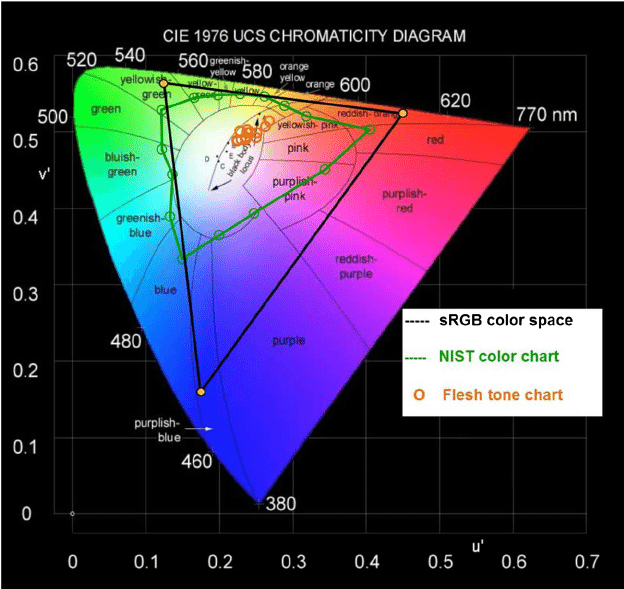
Range of colors chart used in NIST measurements
The National Institute of Standards and Technology measures color through a combination of sophisticated instrumentation and established standards:
1. Standards and Calibration
-
- Primary Standards: NIST maintains primary color standards, such as spectral reflectance and transmittance standards, that are traceable to international measurement systems.
- Calibration of Instruments: Instruments used for color measurement are calibrated using these standards to ensure accuracy and consistency.
2. Instrumentation
-
- Spectrophotometers: These instruments measure the intensity of light at different wavelengths. They are used to obtain the spectral reflectance or transmittance of a sample.
- Colorimeters: These are simpler instruments that measure color using a few broad wavelength bands. They are often used for less precise applications.
3. Measurement Process
-
- Sample Preparation: The sample to be measured is prepared according to specific protocols to ensure uniformity and consistency.
- Spectral Measurement: The spectrophotometer or colorimeter measures the light reflected or transmitted by the sample across the visible spectrum.
- Data Collection: The data collected includes the spectral power distribution, which indicates how much light is reflected or transmitted at each wavelength.
4. Data Analysis
-
- Color Spaces and Models: The raw spectral data is converted into color space coordinates (e.g., CIE XYZ, Lab) using mathematical models. These models account for human vision characteristics and provide a numerical representation of color.
- Comparison and Reporting: The measured color can be compared to standard references or reported in various formats depending on the application (e.g., color difference ΔE).
5. Quality Control and Assurance
-
- Repeatability and Reproducibility: NIST ensures the repeatability and reproducibility of color measurements by using rigorous quality control protocols.
- Uncertainty Analysis: The uncertainty associated with the measurements is analyzed and reported to provide a clear understanding of the precision of the measurements.
Example Instruments and Techniques
-
- Goniospectrophotometers: These measure the color of materials that change appearance with viewing angle.
- Integrating Spheres: These are used with spectrophotometers to measure diffuse reflectance or transmittance.
- Laser-based Systems: Advanced systems that use lasers for highly precise color measurements.
NIST’s methods are designed to provide highly accurate and reliable color measurements that can be used across a wide range of industries, including manufacturing, textiles, and digital imaging.
Standards Michigan: National Institute of Standards and Technology
The gems color wheel is useful to identify potential gems in specific colors for jewelers.
[✏️ suigemstone] pic.twitter.com/0sVHQgTWMr
— Massimo (@Rainmaker1973) September 11, 2024
The surprising invisibility effect of painting chicken wire blackpic.twitter.com/OlTFyahUyQ
— Massimo (@Rainmaker1973) October 17, 2024
They destroyed art,
they stole colors,
that’s why the world is depressed. pic.twitter.com/7ZYY4xBXwz— The Figen (@TheFigen_) August 22, 2025
New update alert! The 2022 update to the Trademark Assignment Dataset is now available online. Find 1.29 million trademark assignments, involving 2.28 million unique trademark properties issued by the USPTO between March 1952 and January 2023: https://t.co/njrDAbSpwB pic.twitter.com/GkAXrHoQ9T
— USPTO (@uspto) July 13, 2023
Standards Michigan Group, LLC
2723 South State Street | Suite 150
Ann Arbor, MI 48104 USA
888-746-3670






